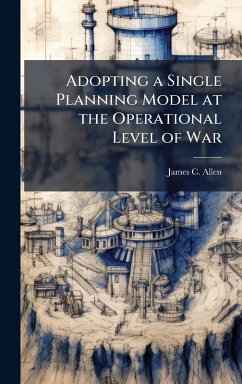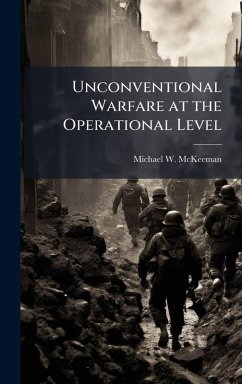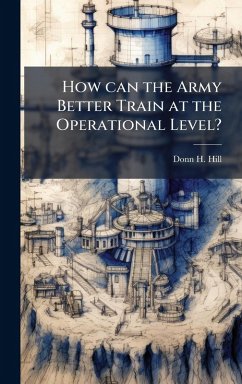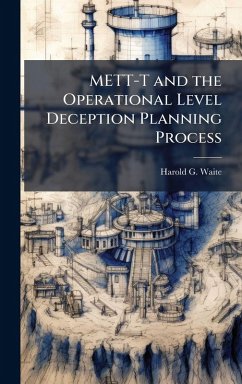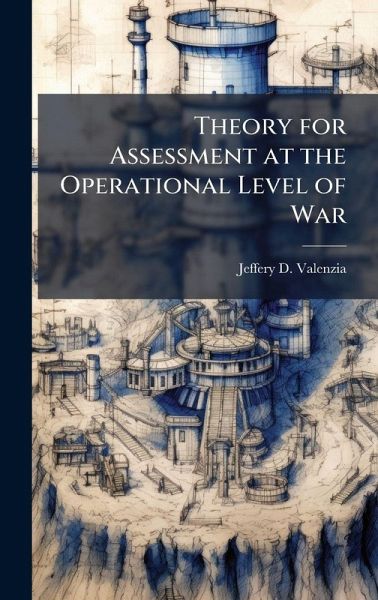
Theory for Assessment at the Operational Level of War
Versandkostenfrei!
Versandfertig in über 4 Wochen
25,99 €
inkl. MwSt.
Weitere Ausgaben:

PAYBACK Punkte
13 °P sammeln!
Success of commander decision making at the operational level of war is largely determined by the timeliness and quality of information made available to the commander during the planning and execution of a military operation or campaign. Assessment at the operational level of war is the primary source of information for the commander during decision making. The effectiveness of the current operational assessment process suffers due to the absence of a theoretical construct of which military strategists and planners are able to develop a meaningful strategy. This paper proposes a theoretical c...
Success of commander decision making at the operational level of war is largely determined by the timeliness and quality of information made available to the commander during the planning and execution of a military operation or campaign. Assessment at the operational level of war is the primary source of information for the commander during decision making. The effectiveness of the current operational assessment process suffers due to the absence of a theoretical construct of which military strategists and planners are able to develop a meaningful strategy. This paper proposes a theoretical construct for operational assessment based on the presence of critical variables between military actions and desired effects. This theoretical construct is based on several existing theories; modeling complex-adaptive systems and shaping behavior within complex-adaptive systems. The theory on modeling complex-adaptive systems presents that the behavior of complex adaptive systems are anticipatable through the patterns of regularities that emerge by studying the cumulative behavior of elements contained within the system. This work has been selected by scholars as being culturally important, and is part of the knowledge base of civilization as we know it. This work was reproduced from the original artifact, and remains as true to the original work as possible. Therefore, you will see the original copyright references, library stamps (as most of these works have been housed in our most important libraries around the world), and other notations in the work. This work is in the public domain in the United States of America, and possibly other nations. Within the United States, you may freely copy and distribute this work, as no entity (individual or corporate) has a copyright on the body of the work. As a reproduction of a historical artifact, this work may contain missing or blurred pages, poor pictures, errant marks, etc. Scholars believe, and we concur, that this work is important enough to be preserved, reproduced, and made generally available to the public. We appreciate your support of the preservation process, and thank you for being an important part of keeping this knowledge alive and relevant.




